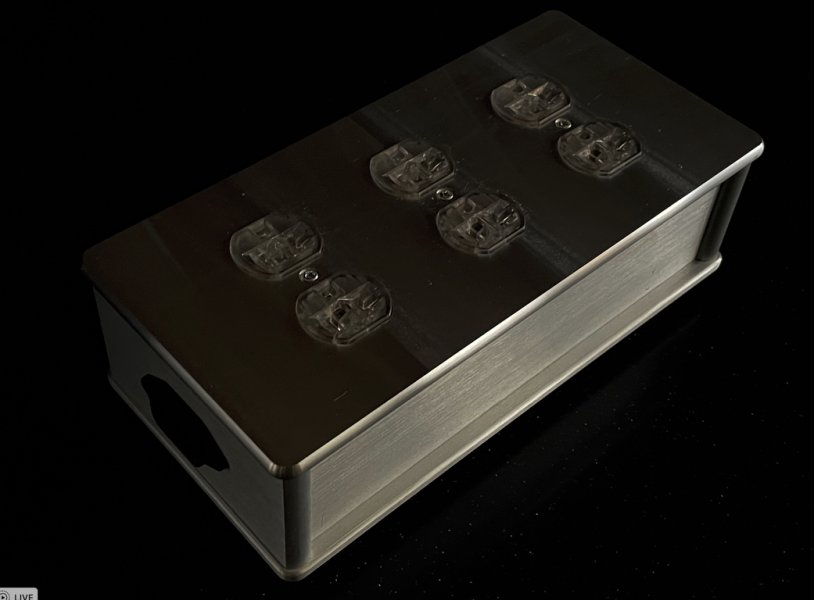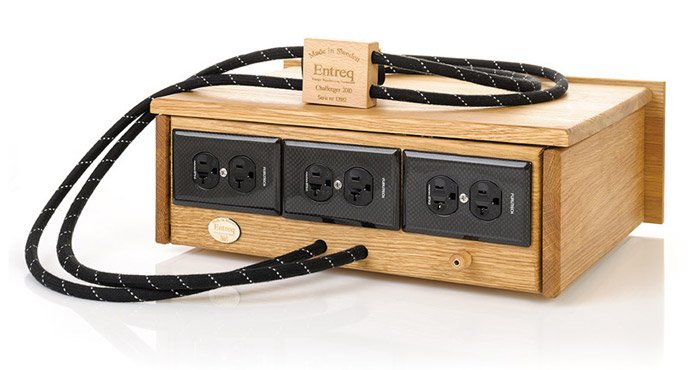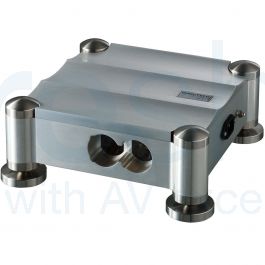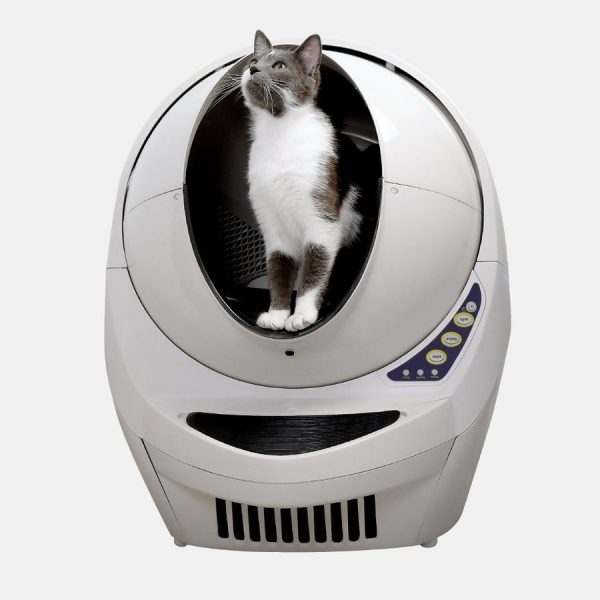So is it better to use a high- end distribution block, I'm thinking Entreq Atlantis Powerus or Dalby Celestial, instead of each component being plugged into it's own wall outlet...A wall outlet that might even have one dedicated strap straight to the junction box per outlet and be fused seperately on the main electrical board?
If you compare such an arrangement to a mains ditribution block with up to six source components and pre-amp, all being fed by the single power cable of the distribution block, aren't i just creating a bottleneck?
Or, am I an idiot?
Thanks in advance
gav
IME, it can be done successfully (no bottlenecks) but the effort does require a bit of thought.
1. Whichever power distribution unit (PDU or power strip) you go with, I'd suggest it at least be hospital / audio grade components. And try to stay away from those PDU's that add more than just a PDU. IOW, if the PDU includes some special filtering, etc, there's no guarantee it works and often times cheap filtering actually makes things sound worse to some.
2. Ensure either the mfg'er cryo-treated the unit and if not find a reputable shop and have it done yourself. Regardless, ensure the cryo method used is the full-immersion method. If you have to have it done yourself send along all of your power cables, ic's, and sc's (speaker cables) at the same time. Oh, also send your wall outlets, plugs, IEC connectors/inlets, fuses, etc to be cryo-treated as well. It all matters much sonically.
3. Every circuit has its amperage limits. For the average joe in the states it's either 15 or 20 amp that we're dealing with. If you've got a single circuit outlet to plug the distribution center into , you need to add up the total amps all of your components running off that single circuit and you need to ensure that total does not exceed about 80% of that circuit's capacity. If you've got a high-current-drawing amp. Forget about it as the amp itself will require its own dedicated circuit.
4. The high potential of intermixing digital with analog componentry and sharing the digital's bi-directional noise with other components. Anything digital presumably induces a bi-directional audible digital noise and perhaps inaudible distortions as well. Bi-directional implying that the digital noise will go back up the AC power cable and some say and others comfirmed all the way back to the service panel and induces its harm going back out into your other components. It's a cancer really but not deadly - just frustrating. You'd be better served if had all of your digital plugged in some circuit elsewhere in the home to get them as far away AC-wise from each other and from the analog components. For me, I used passive, bi-directional-filtering, and dedicaated line conditioners that work quite well to resolve this issue.
FWIW, Class D amps though not digital will also induce a bi-directional digital-like noise so if per chance you've got Class D amps, from an AC perspective the amps should be thought of as digital components.
I happen to have Class D mono-block amps and superior line conditioners attached to each component. So in my case, provided my amps were somewhat medium or low current drawing, with this configuration I could put plug them all into a single power distribution unit using a single 20-amp circuit and not give it another thought. In fact, I've done this when exhibiting at several audio shows where most times, the exhibiting room consists of a single 20-amp circuit for the entire room.
Below is the unit I have on hand should I ever need it. Very simple, good quality components and it's cryo-treated by the mfg'er and I think it cost me all of about $250 about 12 years ago.












